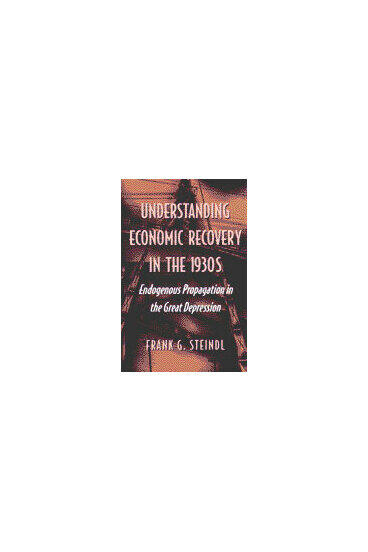Understanding Economic Recovery in the 1930s
Endogenous Propagation in the Great Depression
A must read for specialists interested in Depression-era economics
Description
Although much has been published about the economic downturn that began in mid-1929, very little has been written about the recovery from this cataclysmic period. Long, tortuous, and uneven as it was, there was indeed a recovery. In this important book, Steindl explores the much-neglected topic of the recovery, concentrating in particular on the macroeconomic developments responsible for the move back to a pre-Depression level economy.
Providing strong evidence for the role of the quantity of money in the revitalization, the author ultimately concludes that the seemingly robust monetary explanation of the recovery is deficient, as is any that relies principally on aggregate demand impulses. An accurate understanding of this phenomenon must account for the inherent tendency of the economy to revert to its long-run high employment trend.
Frank G. Steindl is Regents Professor of Economics and Ardmore Professor of Business Administration, Oklahoma State University.
Frank G. Steindl is Regents Professor of Economics and Ardmore Professor of Business Administration at Oklahoma State University. He has served as economist at the Federal Reserve Bank of Cleveland, economist and counsel on the U.S. Senate Budget Committee, Visiting Professor at the University of Munich, Konrad Zuse Gastprofessor at University of Bamberg, President of the Southwestern Economic Association, Vice President of the Midwest Economics Association, and member of the Board of Trustees of the Southern Economic Association. Professor Steindl is also the author of many articles and the book Monetary Interpretations of the Great Depression(University of Michigan Press, 1995).

